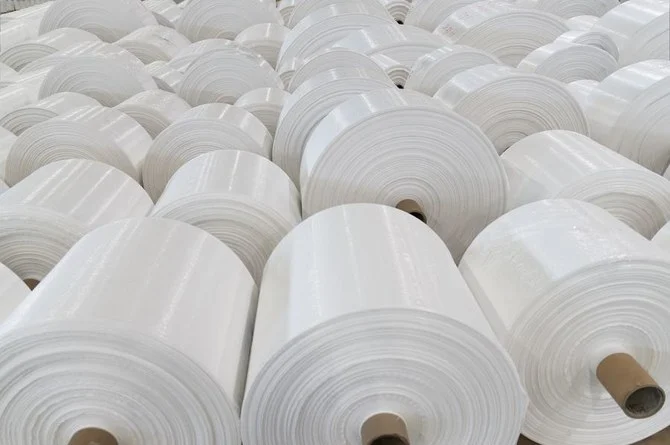Greenhouse Cover

Greenhouse Nylon provides a suitable environment for plant cultivation in agricultural greenhouses. Plants that are not affected by different weather conditions can be grown in all seasons through greenhouses. In this way, the harvest rate will increase noticeably. The agricultural greenhouse nylon to be used may differ depending on the region and the type of plant to be grown.
Greenhouse Nylon Additives
Depending on the grower's needs, there are different additives and production possibilities with different properties.
UV Additive increases the resistance of the greenhouse cover to sunlight. UV additives are used at different rates according to the seasonal conditions of the region to be used.
The IR (InfraRed) additive preserves the greenhouse heat and minimizes the heat loss between day and night. In this way, savings are made in the heating of the greenhouse. It also reduces the risk of frost, prevents plants from getting stressed and accelerates plant growth.
The AF (AntiFog) additive ensures that the small water droplets formed from the transpiration in the greenhouse spread as a thin layer of water from the surface of the greenhouse without dripping onto the plants.
AD (AntiDust) additive, which prevents dust accumulation on the outer surface of the greenhouse nylon, prevents the light transmission of the film from decreasing.
AV (AntiVirus) additive, it prevents the development of pest formations and harmful fungal species that may occur on plants.
The LD (LightDiffuser) additive, which allows the sun's rays to spread in the greenhouse by breaking, prevents the plants from burning.
AA (Anti Algae) additive provides protection against the formation of algae on the outer surface of the film in greenhouses used in regions with high humidity.
PR (Pesticide Resistant) additive, it increases the resistance of greenhouse nylons against pesticides used in the greenhouse.
Greenhouse Nylon M2 Weight
The average weight of 1 kilo of sera nylon per m2 is in the range of 190-210 gr. In other words, 1 kg of nylon covers an average of 5 m2. The life of greenhouse nylon varies according to demand. The products generally used in the market are 24-month, 36-month and 60-month greenhouse nylon.
Considerations When Covering Greenhouse Nylon;
- First of all, it is necessary to pay attention to the stage of transportation. Nylon should not be crushed by placing heavy loads on it,
-Nylon should not be coverd when the weather is very cold or hot, morning hours should be preferred,
-The greenhouse nylon should not be overstretched while being covered.
-If the personnel working on the greenhouse carries cutting or piercing tools, they should keep it well in order not to damage the nylon.
-Nylon should not be covered in windy weather.
The Benefits of Using Polyethylene as a Greenhouse Covering Material
Polyethylene is a great material for greenhouse covering because of its durability, cost-effectiveness, and light weight. It does not absorb moisture or heat, which reduces the risk of mold and mildew development. It also contributes to better insulation in the greenhouse, which can help reduce energy costs. Additionally, polyethylene is highly UV resistant, meaning it will last longer than other materials.


